This article features affiliate links, meaning we’ll earn a small commission if you purchase through these links. Please read our Privacy Policy for more details.

Varying from region to region, or even from one village to another, you will never discover all the same traditional Romanian costumes when you ramble in the countryside. For instance, the costumes encountered in the village of Sâmbăta de Sus differ from the Romanian folk costumes from it’s neighbouring village of Drăguș, located only 3 miles away. From the first look, the costumes from Sâmbăta are more conservative than the flashy Drăguș costumes. Our vacation in Transylvania could not be concluded without learning more about the variety of folk costumes and handicraft skills in this land, where many cultures met. To fulfill our mission, we were directed to loom weaver Lucia Ciocoiu’s house by many locals who know she is passionate about Romanian folk art.
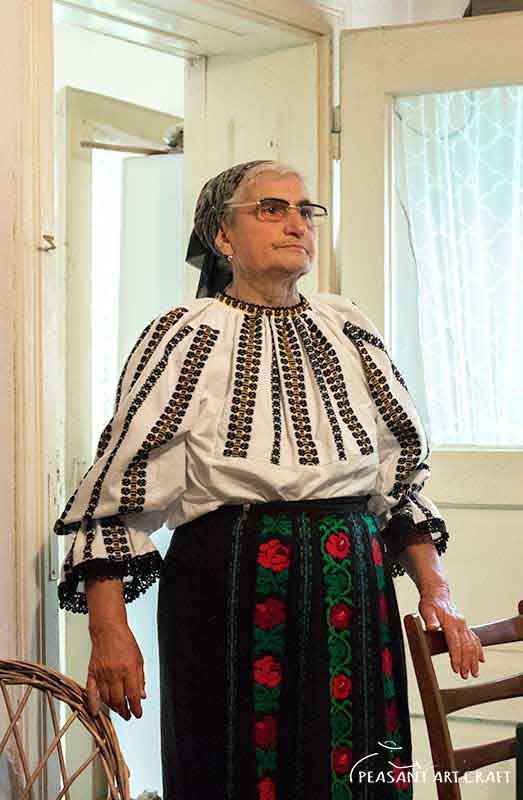

We enter the front yard. and find Mrs. Lucia leaning over a worktable, sewing a traditional blouse. After a brief introduction, she goes inside the house to dress up, slightly bothered by the little disruption. Many blouse parts are scattered on the table. Next to the table, an unfinished wool rug is stretched on a small loom . All these activities keep her busy the whole day.
Minutes later, she emerges through the front door, looking relaxed and confident in her traditional costume. She’s wearing a traditional blouse, decorated with black motifs and a front apron with floral design. She asks us to come in
We step inside a room where she arranged a little exposition: mannequins dressed in traditional garments, a marvelous collection of blouses neatly ordered on hangers, skirts, vests and domestic textiles. I take a closer look at each blouse, admiring their fine detailing.
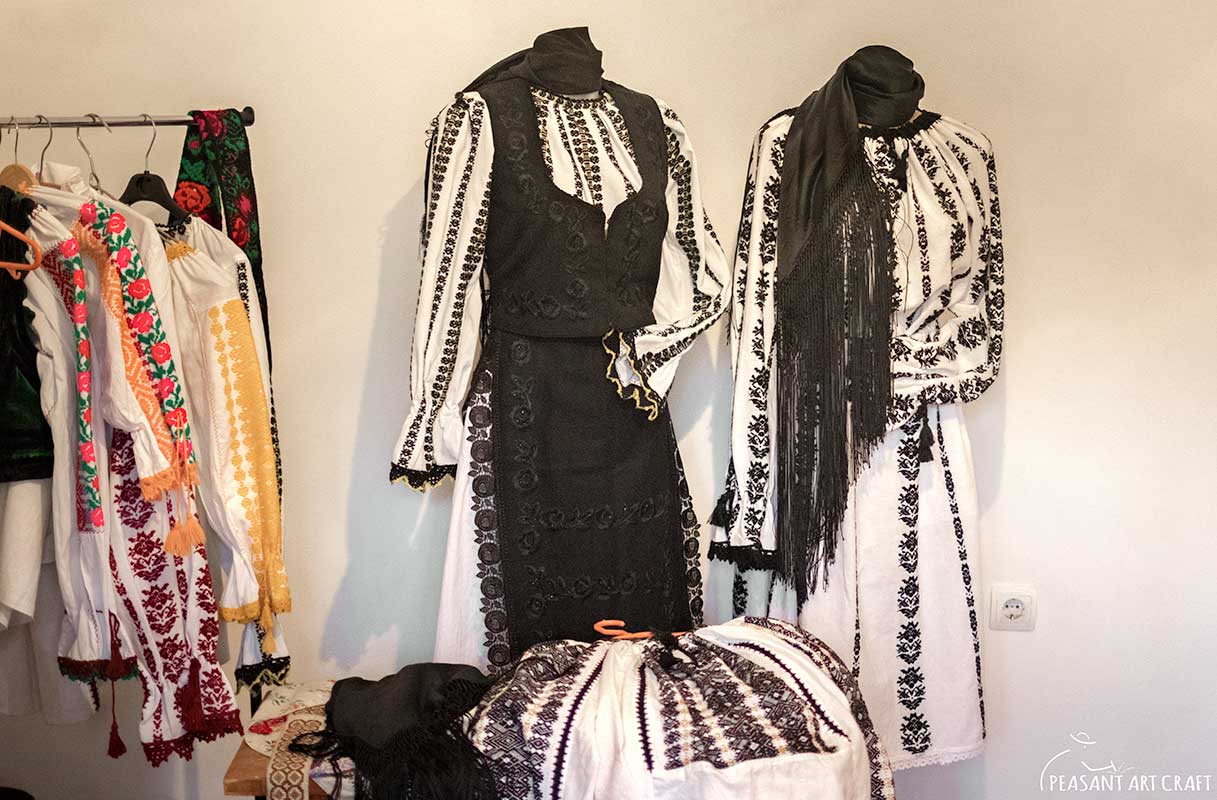
The traditional blouse from the village of Sâmbăta de Sus has woven rows (râuri) stream from the collar all the way down to the ruffled cuffs (fodori) and on the chest. Within the râuri, it has woven stripes (brățară) of different color (commonly yellow) than the geometrical and floral designs in black (floarea) flowing alongside the brățară.
Affiliate links Best Art Craft and Sewing Deals
The neck and cuffs are adorned with lace, or types of wrinkles (zbârciogi) are worked around the neck plus handworked collar (obinzală).
A fulled wool vest (laibăr) and two black aprons (cretințe), hand sewn with silk and trimmed, cover the front and back over an underskirt.
Other lower body garments are a type of hand woven floral patterned wrap around skirt (șorț întors), or a single front apron (șurțică) with floral designs, also hand woven. Married women cover their heads with black fringed head scarves (cârpe).

Read Also
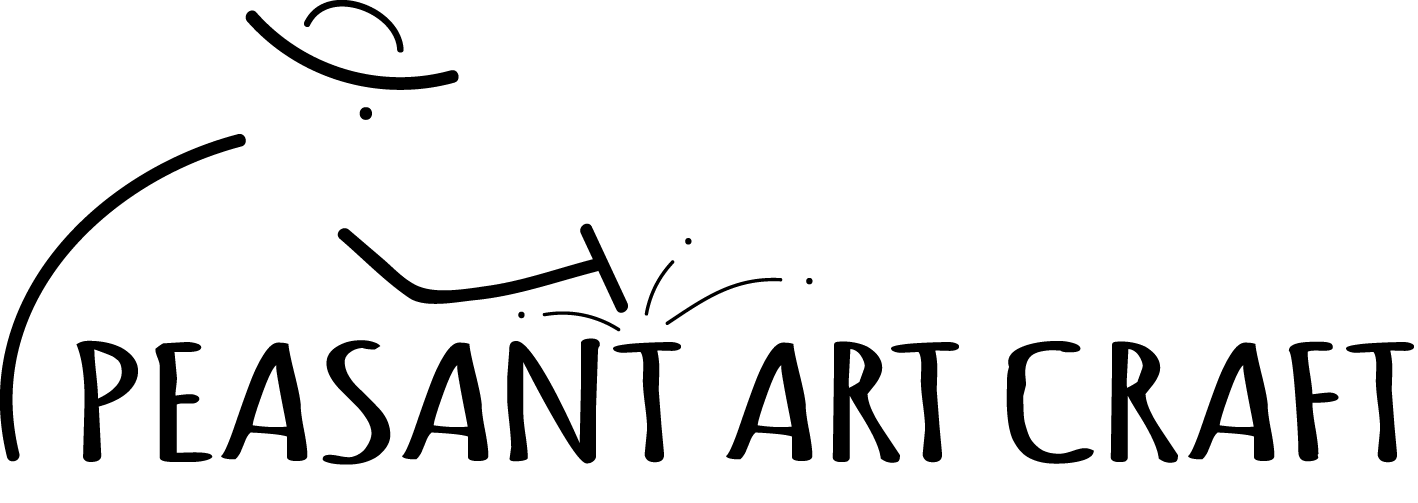
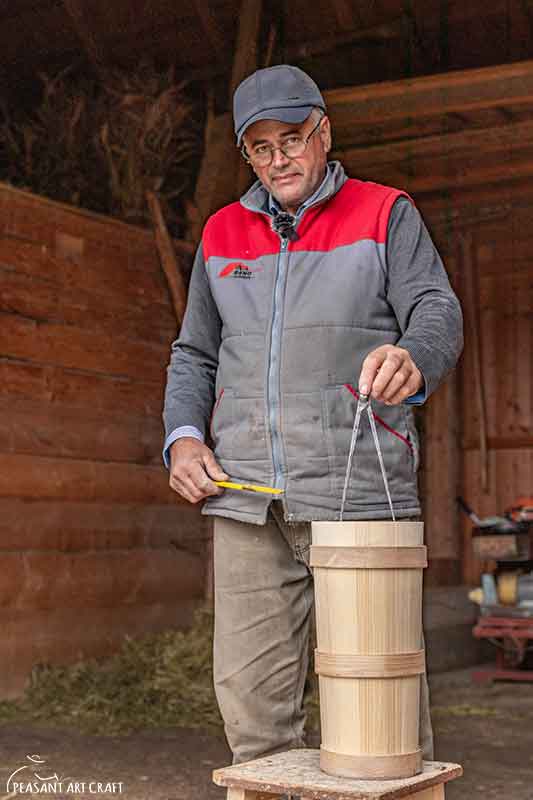
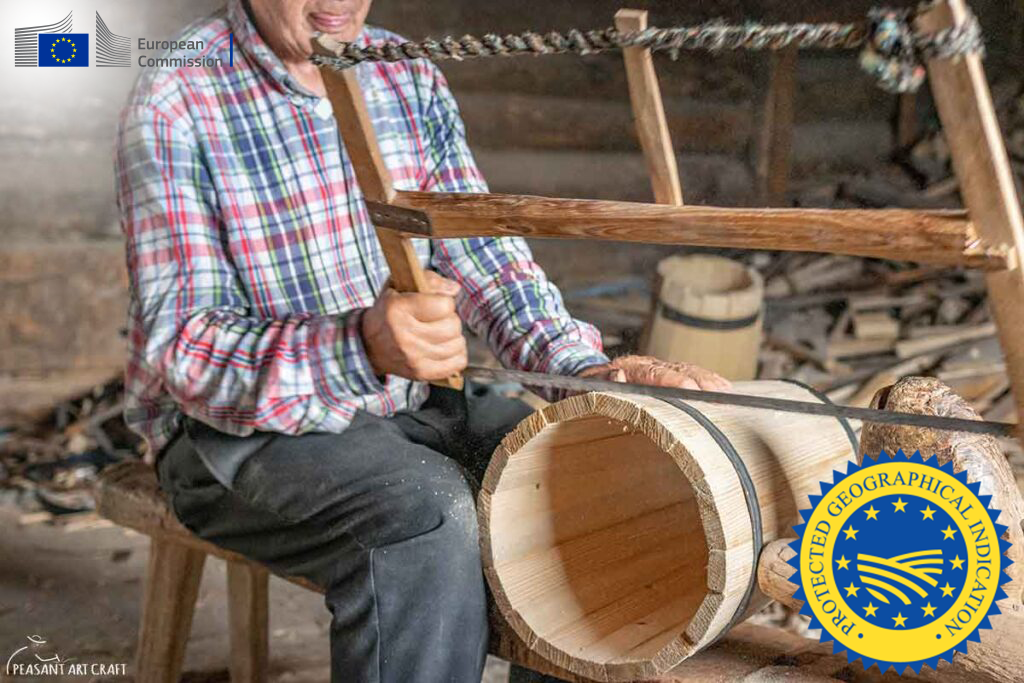






Leave a Comment